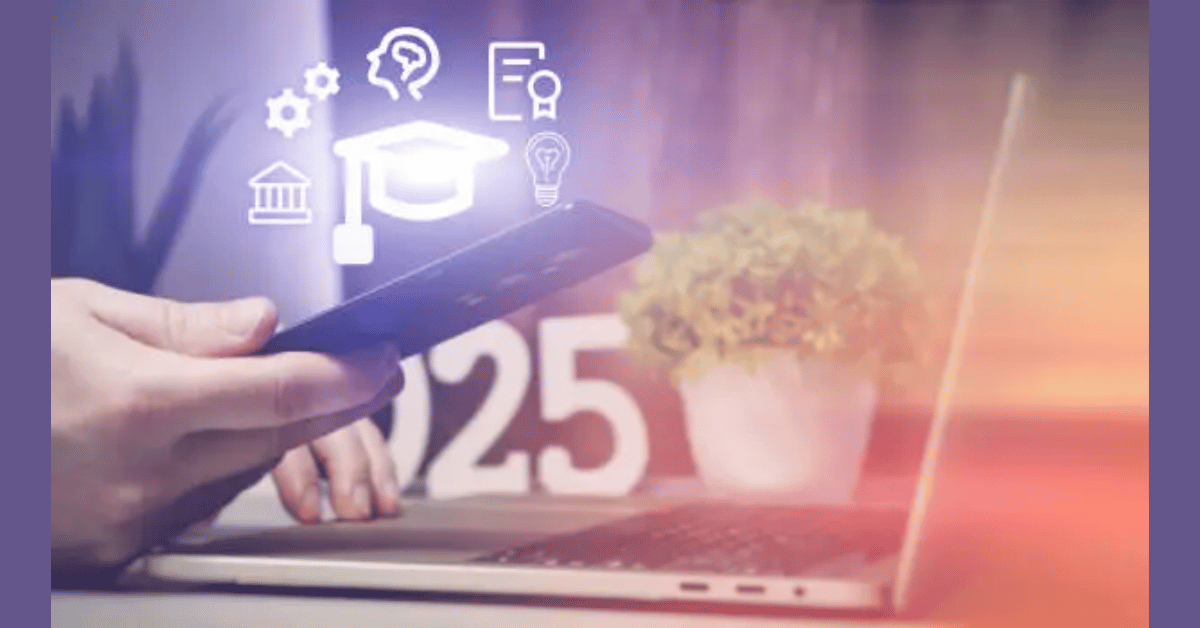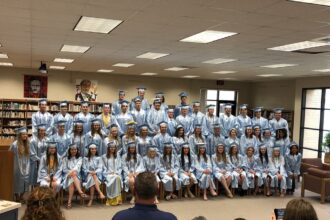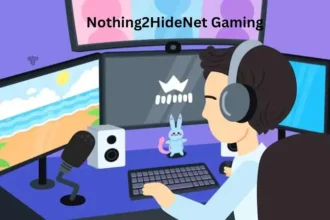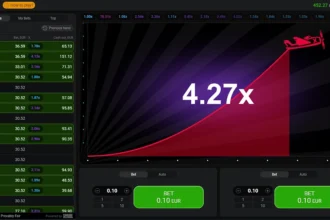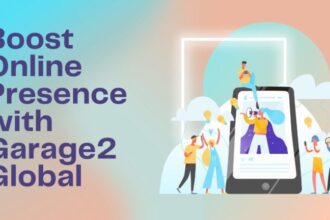Introduction to WeLearn 2.0 and the concept of digital learning
Welcome to the age of WeLearn 2.0, where digital learning transcends traditional boundaries and opens up a world of customization and connection. Imagine an educational landscape tailored just for you, with tools that adapt to your unique needs and preferences. This is not merely a dream; it’s the new reality in online education.
As we navigate through this transformative era, learners are empowered like never before. With advancements in technology at our fingertips, education has become more flexible and accessible, fostering collaboration among peers across the globe. Whether you’re a student seeking knowledge or an educator striving for innovative teaching strategies, WeLearn 2.0 offers something revolutionary for everyone.
Join us as we explore how digital learning is reshaping our understanding of education—creating personalized journeys filled with opportunities for growth and connection!
The evolution of online education and its impact on traditional learning
Online education has transformed significantly over the last two decades. Initially, it started with simple video lectures and PDF downloads. Today, platforms like WeLearn 2.0 offer interactive courses that adapt to individual learning styles.
This evolution has reshaped traditional classrooms. Teachers are no longer the sole source of information; students can explore topics at their own pace online. This shift encourages a more student-centered approach, promoting critical thinking and independent research skills.
Moreover, online education breaks geographical barriers. Learners from different backgrounds connect through forums and group projects, enriching their perspectives on various subjects. Traditional institutions have begun integrating these digital tools into their curricula to enhance engagement.
As technology advances further, the relationship between online education and traditional methods will continue to evolve in exciting ways.
The benefits of customization in digital learning platforms
Customization in digital learning platforms opens up a world of possibilities for students. Each learner is unique, with individual strengths and preferences. Tailoring the educational experience can significantly enhance engagement.
When courses adapt to personal interests, motivation soars. A customized path allows learners to explore subjects at their own pace. This flexibility fosters deeper understanding and retention of information.
Moreover, customization empowers educators too. Teachers can create targeted content that meets diverse student needs. This approach bridges gaps in knowledge and encourages mastery of concepts.
The ability to choose learning styles—be it visual, auditory, or kinesthetic—adds another layer of personalization. Students thrive when they connect with materials that resonate with them on a personal level.
Customization transforms challenges into opportunities for growth and success within the digital landscape of education.
The role of technology in creating connection and collaboration among learners
Technology plays a pivotal role in fostering connection among learners. With platforms like WeLearn 2.0, geographical barriers dissolve. Students from diverse backgrounds can interact and collaborate seamlessly.
Virtual classrooms offer real-time discussions, enabling learners to share ideas instantly. This interactive environment cultivates a sense of community that traditional settings often lack.
Moreover, online forums and discussion boards enhance collaboration. They provide safe spaces for students to engage with peers and instructors outside standard hours. Feedback flows freely, encouraging deeper understanding.
Additionally, technology enables personalized learning experiences. Tools that adapt to individual needs empower students to connect with materials at their own pace while maintaining collaborative elements.
Social media integration further enriches the educational experience by facilitating informal connections between classmates. These interactions build relationships essential for lifelong learning and peer support within various disciplines.
Success stories and case studies of schools and individuals using WeLearn 2.0
Schools across the globe are witnessing transformative outcomes with WeLearn 2.0. One standout example is Maplewood High, where students have tailored their learning paths to align with personal interests and career aspirations.
Teachers report increased engagement levels as learners dive into subjects that resonate with them. Customized assessments allow for a deeper understanding of each student’s strengths and weaknesses.
Individual success stories abound too. Take Sarah, an aspiring graphic designer who leveraged WeLearn 2.0’s diverse resources to build her portfolio online while collaborating with peers from different states.
Another inspiring case is John, a high school dropout turned entrepreneur who found his footing through the platform’s immersive tutorials on business management and marketing strategies.
These narratives underscore how WeLearn 2.0 not only fosters academic growth but also cultivates real-world skills essential for future endeavors in today’s interconnected landscape.
Challenges and concerns surrounding digital learning
Digital learning introduces a myriad of challenges that educators and learners must navigate. One pressing concern is the digital divide. Not everyone has equal access to technology, leading to disparities in educational opportunities.
Moreover, screen fatigue is becoming increasingly prevalent among students. Prolonged exposure to screens can hinder focus and engagement, making it tough for learners to absorb information effectively.
There’s also the issue of maintaining motivation in an online environment. Without the physical presence of teachers and peers, some students may struggle to stay committed.
Data privacy poses another significant challenge. With increased online interactions comes heightened risk regarding personal information security.
Ensuring quality content remains crucial. As more platforms emerge, distinguishing between credible resources and unreliable ones becomes essential for effective learning experiences.
Future possibilities for WeLearn 2.0 and the future of education
The future of WeLearn 2.0 is bright and full of potential. As digital learning continues to evolve, customization will play an even greater role in education. Imagine adaptive learning systems that tailor content to individual needs, allowing every student to learn at their own pace.
Emerging technologies like artificial intelligence and virtual reality could redefine the educational landscape. These tools may enhance engagement and foster immersive experiences that traditional classrooms cannot replicate. The blended learning model might become the norm, combining online resources with face-to-face interactions for a more holistic approach.
Moreover, global connectivity opens doors for collaboration beyond geographical boundaries. Students from different backgrounds can work together on projects, share perspectives, and develop critical skills needed in today’s interconnected world.
As educators embrace WeLearn 2.0 principles, they will likely focus on fostering creativity and problem-solving abilities rather than rote memorization alone. This shift could lead to a generation of learners who are not only knowledgeable but also adaptable thinkers ready to tackle complex challenges.
The journey toward an innovative educational experience driven by WeLearn 2.0 has just begun. With ongoing advancements in technology and pedagogy, we stand at the threshold of a transformative era where personalized learning becomes accessible for everyone.


